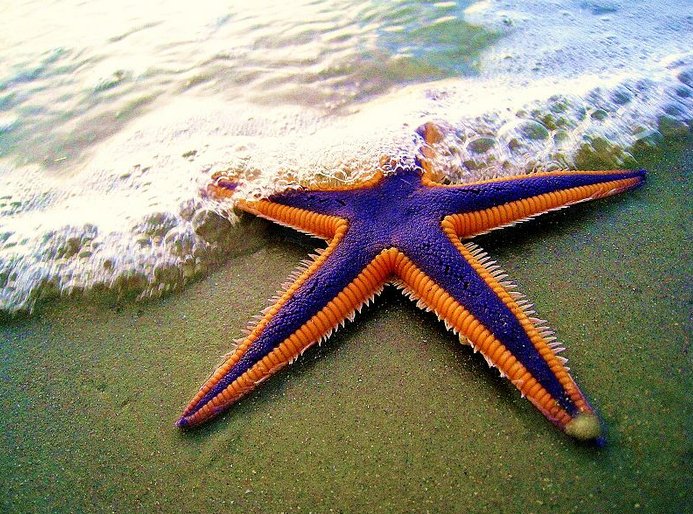16-3. The Shark is standing on a bent object which has a little missing piece in front (Eb6-19),
which illustration we perhaps should interpret as primarily a picture of a person riding on a boat made from dry old wood: ... 4 March 1779. The British ships are again at Kaua'i, their last days in the islands, some thirteen months since their initial visit. A number of Hawaiian men come on board and under the direction of their women, who remain alongside in the canoes, the men deposit navel cords of newborn children in cracks of the ships' decks (Beaglehole 1967:1225). For an analogous behavior observed by the missionary Fison on the Polynesian island of Rotuma, see Frazer (1911, 1:184). Hawaiians are connected to ancestors (auumakua), as well as to living kinsmen and descendants, by several cords emanating from various parts of the body but alike called piko, 'umbilical cord'. In this connection, Mrs. Pukui discusses the incident at Kaua'i. I have seen many old people with small containers for the umbilical cords... One grandmother took the cords of her four grandchildren and dropped them into Alenuihaha channel. 'I want my granddaughters to travel across the sea!' she told me. Mrs. Pukui believes that the story of women hiding their babies' pikos in Captain Cook's ship is probably true. Cook was first thought to be the god Lono, and his ship his 'floating island'. What woman wouldn't want her baby's piko there? ... ... In order to traverse these great distances, the Lapita must have been skilled navigators and sailors, just like their descendants, the Polynesians. Navigational techniques still in use in Micronesia may provide insight into the ancient traditions of Lapita and Polynesian seafaring. In traditional navigational schools on Puluwat in the Caroline Islands, students learn how to sail outrigger canoes. As Puluwat sailors conceptualize a voyage between two islands, it is the islands that move rather than the canoe: the starting point recedes as the destination approaches ... ... In north Asia the common mode of reckoning is in half-year, which are not to be regarded as such but form each one separately the highest unit of time: our informants term them 'winter year' and 'summer year'. Among the Tunguses the former comprises 6½ months, the latter 5, but the year is said to have 13 months; in Kamchatka each contains six months, the winter year beginning in November, the summer year in May; the Gilyaks on the other hand give five months to summer and seven to winter. The Yeneseisk Ostiaks reckon and name only the seven winter months, and not the summer months. This mode of reckoning seems to be a peculiarity of the far north: the Icelanders reckoned in misseri, half-years, not in whole years, and the rune-staves divide the year into a summer and a winter half, beginning on April 14 and October 14 respectively. But in Germany too, when it was desired to denote the whole year, the combined phrase 'winter and summer' was employed, or else equivalent concrete expressions such as 'in bareness and in leaf', 'in straw and in grass' ...
Line Eb6 continues for 36 - 19 = 17 nights:
These 17 nights were represented by 11 + 6 glyphs, and this is the first group of 11:
And this is the 2nd group, consisting of 3 pairs:
Glyph number 326 + 220 = 546 suggests by way of 2 * 273 a correspondence with September 30 (273). And the Capital letter inside suggests such a division which should be expected at twice the last day of September. From Eb6-36 glyph number 216 (Eb6-32) seems to be pointed at from the fact that 6 * 36 = 216, which in turn might be explained with a fair amount of good sense to refer to the 4-day difference between 0h according to the Gregorian calendar and the ancient Julian equinox. When one cardinal point of the Sun shifted its place among the fixed stars then the rest had to follow suit. We can therefore state that line Eb7 was probably intended to begin at a place which was similar to October 1.
|
|||||||||||||||||||||||||||||||||||||||||||||||||||||||||||||||||||||||||||||||||||||||||||||||||||||||||||||||||||||||||||












